How and for how long is it better to store urine for testing?

If you want to get a detailed answer to the question, read below>>>
How and how long to store urine for analysis is not an idle question. How to store urine is more or less clear. Pharmacies now offer convenient disposable plastic containers with a tight-fitting lid. Glass bottles with a scale are still used - they are usually issued in hospitals. Let's figure out which container to give preference to and how long the sample can be stored.
Types of urine tests
Laboratory urine analysis is one of the most effective and proven methods for diagnosing various diseases and determining the general condition of the human body. There are two large subtypes of such tests: specific and nonspecific. Specific types include:
- according to Nechiporenko - the morning urine sample is examined to detect pyelonephritis or urethritis;
- according to Zimnitsky - 8 portions of urine collected according to a schedule during the day are examined to analyze kidney function;
- for sugar - determining the level of glucose in urine to exclude or confirm diabetes mellitus and diagnose the condition of the pancreas;
- for protein - necessary for detecting infectious diseases and inflammatory processes in the body;
- hCG level - early detection of pregnancy;
- Rehberg test - determination of the level of creatinine produced by the kidneys and affecting the functioning of the thyroid gland, heart, and other organs.
Clinical (general) analysis - laboratory examination of the morning urine sample for the level of leukocytes, red blood cells, protein, mucus, transparency, color, sediment. Prescribed to patients of any age and gender.
Each of the listed types of urine analysis requires certain preparation from the patient, which consists of not consuming the day before:
- alcohol;
- products that color urine: beets, blackberries, carrots, etc.;
- some vitamins and medications that affect the composition and odor of urine, for example, rifampicin, penicillin;
- diuretics.
Before taking a urine test, you need to take care of genital hygiene so that the results are not distorted. A woman during menstruation should not take a test or, in acute cases, notify her doctor about her cycle, and when collecting urine, there should be a hygienic tampon in the vagina. The day before, you should not train hard or undergo heavy physical activity.
Oddly enough, you need to be able to take a urine test correctly. If there should be one portion of urine, then you need to take the middle one. This means that you need to throw some urine into the toilet before filling the container. For general analysis, 150 ml is sufficient. It is better to pour out the excess and close the lid tightly without touching its inner surface.
There are cases where, due to improper preparation of the container or improper collection of urine, protein, bacteria, a high level of leukocytes, and sediment were found in the analysis. After hospitalization in a hospital, sterile urine taken with a catheter turned out to have absolutely normal values.
In infants, urine is collected in a sterile urine bag, then poured into a container.For older children, you can collect urine directly into a container or pour it from a pre-sterilized pot. But during transfusion, urine loses its sterility, and if hygiene rules are not followed, the analysis may show an increased level of leukocytes. Before collecting urine, the child’s genitals should be washed and blotted with a clean napkin.
What is the best way to store it?
Urine for analysis must be collected in a dry, clean glass or disposable plastic container or containers.
Urine analysis according to Zimnitsky, for example, should be collected from 06.00 in the morning by the clock 8 times a day. Portions cannot be mixed. Therefore, you need to prepare 8 special containers, large enough to accommodate the entire single serving. The containers must be numbered, and after collection, each jar must be placed in the refrigerator.
If it is difficult to purchase jars at the pharmacy, you can use glass containers with lids. The main thing is to prepare them correctly. To do this, they should be thoroughly washed, rinsed well with hot water to remove surfactants contained in the detergent, dried or sterilized along with the lid.
The disadvantage of such containers for collecting urine analysis is that there is a high probability of leaving dirt, grease, and chemicals on the walls, which can distort the results of the research. Therefore, they should be used only for those types of analysis where sterility is not required (general analysis, Zimnitsky analysis, and some others). Test for bacterial culture, protein, hCG, etc. It is better to collect in sterile containers purchased at the pharmacy.
Advice
The magazine purity-en.htgetrid.com recommends that you seek clarification from your doctor regarding how and where to store urine for specific tests.
Shelf life
An important nuance is how long you can store urine for analysis. At room temperature - storage period cannot exceed 2-3 hours. With longer storage, the sample changes color and smell, the number of microbes in it increases, the glucose level drops, and oxidation occurs if the container is not tightly closed. This will greatly distort the result.
It is not recommended to store urine in the refrigerator (except for analysis according to Zimnitsky), preferably in a cool place, and if in the refrigerator, then on the bottom shelf at a temperature not lower than +4 ° C. This applies, first of all, to the collection of daily urine. For such a test, it is better to use a glass container, and at the end mix the urine and pour the required amount into a sterile container. A single portion must be immediately delivered to the laboratory.
Important
If urine is stored for more than 24 hours, it is not suitable for analysis.
It is not recommended to collect urine in the evening and then submit it in the morning. The composition of the morning portion better reflects the state of the body, while in the evening urine most of the indicators may change by the morning.
So, in order for a urine test to correctly reflect your health status or help establish the correct diagnosis, you must follow simple rules:
- Listen to the doctor’s recommendations regarding collection and testing.
- Do not take medications that affect the analysis the day before, and do not eat foods that color the urine.
- Collect urine in a specially prepared or sterile container.
- Before collection, perform hygiene procedures.
- Do not collect the very first urine in a container.
- The container with the analysis must be delivered to the laboratory within 2-3 hours after collection, except for certain types of analyzes that require collection within 24 hours.
If everything is done carefully, the result of the study can be trusted, and the correct diagnosis is guaranteed. Good health to you!
We recommend reading the article: How to store a stool test in the refrigerator

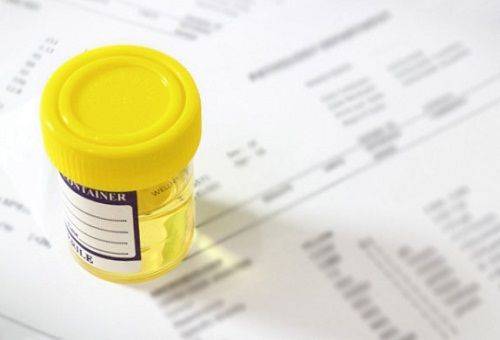
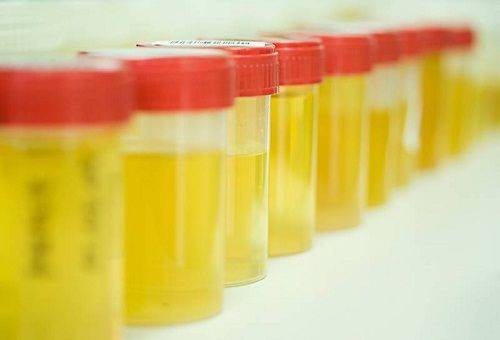
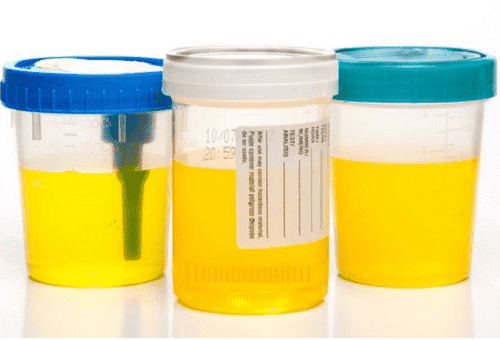
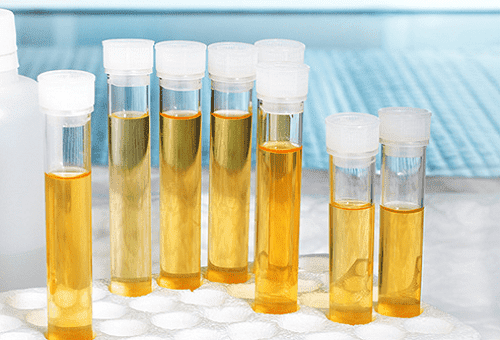
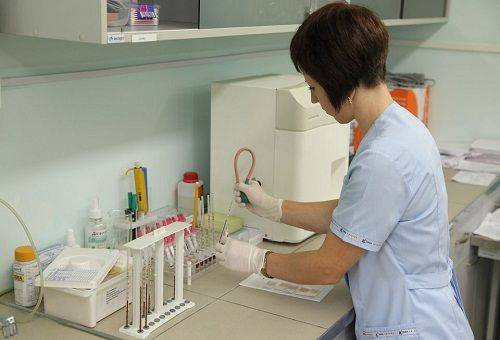
The doctor prescribed a bunch of different urine tests to check my kidneys and quickly told me what and how to collect. but when I got home I had already forgotten everything. Thanks to the author, everything was explained better than at a doctor’s appointment. What and how to collect, how much and how to store...